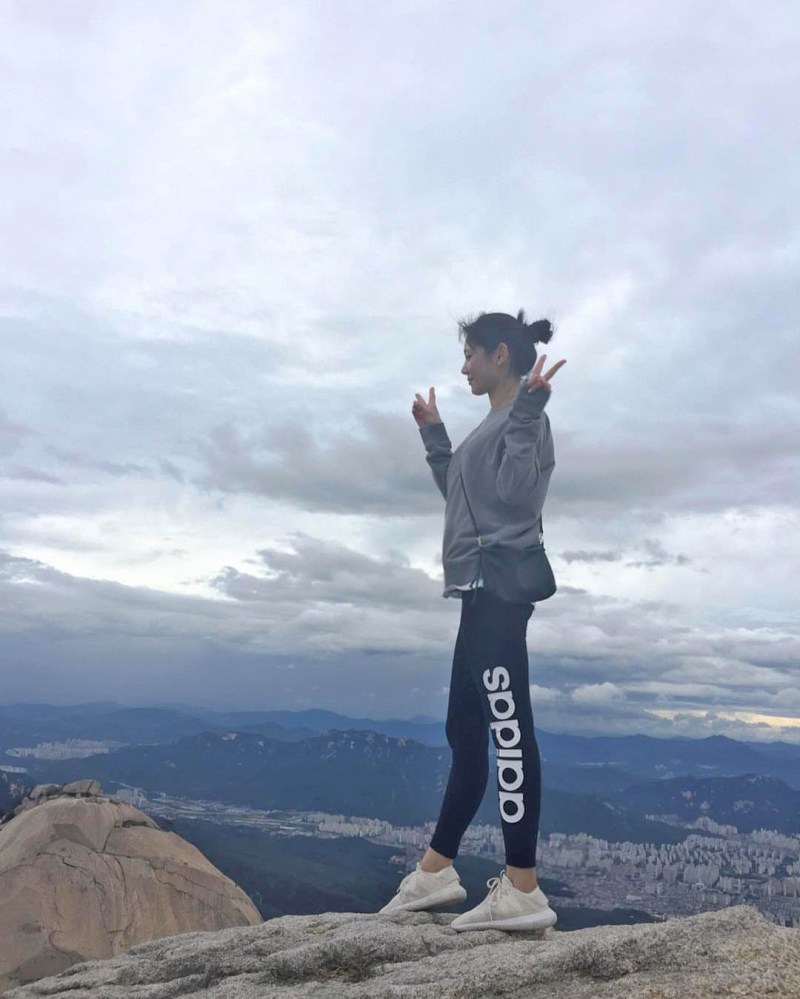
National parks are very rarely within a city, and yet Bukhansan Mountain was designated as the 15th national park of Korea in 1983. With an area of 79.9㎢, it stretches over Seoul and Gyeonggi-do. Bukhansan National Park is divided into two areas with Uiryeong Pass in the middle: Bukhansan Mountain to the south from the pass, and Dobongsan Mountain to the north. The national park is like an ecological island because it’s totally surrounded by urban areas, but it still serves as green lungs for the urban environment.
Book Korea’s Autumn seasonal tours

It’s a popular natural park for over 20 million residents within the vicinity. It’s accessible from anywhere in the Metropolitan area thanks to the great road system. With around five million visitors each year, it’s listed in the Guinness Book of World Records as the “Most Visited National Park per Unit Area”. However, having too many visitors has gradually weakened the ecosystem of Bukhansan Mountain. Therefore visitors are strongly recommended to voluntarily follow the regulations on the Rest-Year Sabbatical System, Restricted Access during the Mountain Fire Watch Period, Accidents on Narrow Trails, Dangerous Areas, and other access restriction.




Bukhansan Mountain has a rich history as well. Silla’s King Jinheung Sunsubi Monument on Bibong Peak, the Bukhansanseong Fortress built along the mountain’s ridges, Sangunsa Temple built by the monk Won-Hyo, and numerous other temples occupy the mountain areas. Especially, Bukhansanseong Fortress is a must-see tour site if you are visiting the mountain. The fortress was built with a wall spanning about 8,500m, built specifically to stop the foreign invasion. It is one of the representative mountain fortresses of the Joseon Era. In the fall, the view you can get from the fortress of the mountain is spectacular. Temples are also representative of the rich culture that flourished on Bukhansan. The Seungasa Temple on the east Bibong Peak, with Maaeseokgayeoraejwasang (seated rock-carved Buddhas) carved into a 5m granite rock, and the Munsusa Temple located halfway up the Musubong Peak, with purified mountain water dropping from the ceiling of Munsugol Cave, are indicative of both Bukhansan’s history and culture.

With its granite peaks and Bukhansanseong Fortress, Bukhansan is perfect for hiking in all seasons. In the spring, all kinds of flowers bloom, and in the summer, lush forests carpet the numerous valleys. The hiking path along the valley is perhaps the best summer mountain climbing course. And the fall is the perfect time to visit the temples and pavilions in their autumn colors. In the winter, the snow-covered mountain scenery is very beautiful. The park averages 5 million visitors and has received the Honor of being in the Guinness Book of World Records for being the national park with the highest number of visitors per square foot.


















